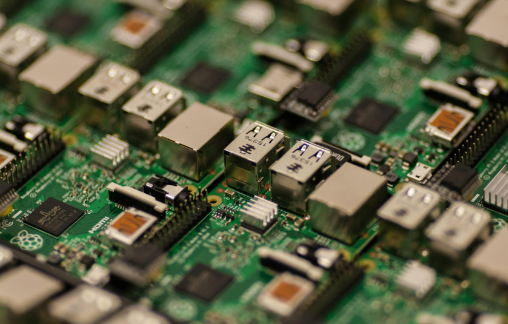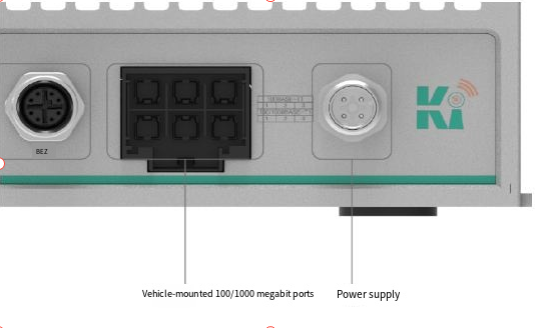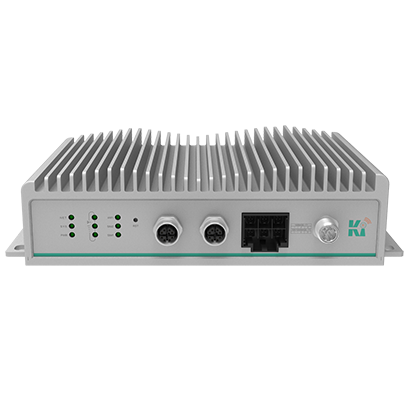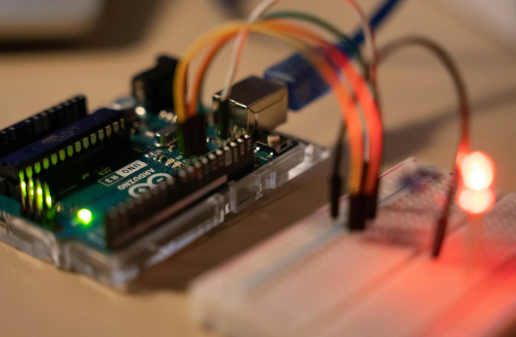SEARCH
— 葡萄酒 | 威士忌 | 白兰地 | 啤酒 —
— 葡萄酒 | 威士忌 | 白兰地 | 啤酒 —
 Author’s Preface
Author’s PrefaceHello, fellow tech experts! Recently, our company project involves automotive Ethernet, and I was completely clueless at the beginning. After spending over half a month researching materials and testing equipment, I finally figured out the ropes. Thinking that the internet is full of hidden talents, there must be many experts interested in this technology, so I’m writing this post to share my experience while seeking guidance from you all.
Here’s my conclusion upfront: Automotive Ethernet is genuinely great technology, but it has quite a few pitfalls. If you’re working in automotive electronics or interested in connected vehicle technology, I recommend reading this post patiently.
 To understand this, we need to start with traditional automotive networks. Previously, cars mainly used CAN bus, LIN bus, and similar technologies, which were painfully slow:
To understand this, we need to start with traditional automotive networks. Previously, cars mainly used CAN bus, LIN bus, and similar technologies, which were painfully slow:
Modern cars are becoming increasingly intelligent, with various cameras, radars, and sensors generating explosive data growth. A single 1080p camera generates tens of MB of data per second, which traditional buses simply cannot handle. Not to mention applications like autonomous driving, 8K in-vehicle displays, and OTA updates.So automotive Ethernet emerged as a solution – essentially bringing network technology into vehicles, but with specialized modifications.
The most impressive aspect of automotive Ethernet is achieving 100Mbps or even 1Gbps using just one pair of twisted wires! This is made possible by Broadcom’s BroadR-Reach technology. While regular Ethernet requires 4 pairs of wires, automotive Ethernet needs only 1 pair, bringing several benefits:
Unlike CAN bus with its specialized nature, automotive Ethernet can simultaneously run multiple protocols:
This is like a highway where any type of vehicle can travel, much more flexible than dedicated roads.

Speaking of theory, let me share some practical experience. I recently tested several automotive gateway products, including the SV910 5G Vehicle Gateway . This is also our company’s main product currently – you can search for “SV910 automotive gateway” if interested:Key Features:
When I first received it, I wondered why they designed this hybrid configuration. After actual use, I realized we’re in a technology transition period where vehicles have both new devices supporting automotive Ethernet and traditional CAN/Ethernet devices. The hybrid configuration is indeed very practical.Interesting findings during testing:
Automotive Ethernet uses IEEE 802.1AS standard for time synchronization with sub-microsecond precision. How important is this? Imagine an autonomous driving scenario: the front camera detects an obstacle while radar confirms the distance. If this data isn’t time-synchronized, the system might make incorrect judgments. At high speeds, even a few microseconds of error could be fatal.
AVB technology solves a key problem: how to ensure transmission of critical data during network congestion. Through stream reservation protocol, it reserves bandwidth for important audio/video data, ensuring priority transmission even when the network is busy. This is crucial for automotive applications – you can’t have navigation voice guidance stuttering due to network congestion.
Automotive Ethernet supports PoDL (Power over Data Line) technology, enabling power supply to terminal devices through data lines. This design is clever – transmitting both data and power while reducing wiring complexity.
Current automotive Ethernet-related standards include:
Regarding the industry chain, Broadcom leads in technology, providing BroadR-Reach technology. Domestically, communication manufacturers like Huawei and ZTE are also making moves. Among automakers, BMW, Mercedes-Benz, and others are actively promoting adoption.

According to various research reports, the automotive Ethernet market is growing rapidly, with penetration rates expected to reach 80% by 2025. I think this prediction is quite reliable for several reasons:
However, I must also provide some perspective: automotive Ethernet won’t completely replace traditional buses. CAN bus still has advantages in real-time performance and reliability, especially for safety-critical applications like braking and steering. The future will likely see multiple networks coexisting, each serving their specific roles.
I encountered several pitfalls during testing that I’d like to share:
Automotive Ethernet is indeed a very promising technology with great significance for automotive intelligence development. As technical professionals, we need to:
Finally, I welcome discussion and exchange with all experts, especially those with relevant project experience who can share practical insights. My level is limited, so please feel free to correct any errors in this article!
Mo